Blog
Wedding parasol symbolism
Wedding parasol symbolism
Declaration of a woman’s marriage
The poem “The Poem of the Peach” says: “The son of a woman returns to his family. In ancient times, a woman who married into her husband’s family was said to “return”, meaning that she would “return” to her husband’s family in a joyful manner. This is the reason why you have to wear a red parasol from your mother’s house until your husband’s house before you can put it away. The ritual and the process of wearing a wedding parasol is an announcement of the woman’s marriage, which is also a requirement of the ‘appropriate family’. This announcement of the wedding parasol is culturally related to the black parasols that are placed outside the gates of some places to announce the death of a family member. In some parts of China, Taiwan and Hong Kong, the black parasol is used if the bride is pregnant, as it is believed that the ‘fetus god’ of the bride must not clash with the ‘bride god’ and that the black parasol protects both the bride god and the fetus god. The black parasol protects both the bride and the foetus.
Fear of God
The bride wears a wedding parasol to show her reverence for the heavens by not competing with them. “On her wedding day, the bride must be beautifully dressed and happy, a joyful atmosphere that would make all things jealous, even the heavens. So in order not to anger the heavens, the bride must carry a red parasol when she gets married, so that the heavens will not see her and will not be jealous. Traditional culture considers the bride to be great on the day of her wedding, and in some places the bride on the day of her wedding is called the ‘bride god’. However, even if the bride is “ordained as a god”, she cannot be bigger than the “gods of heaven”, and in order not to anger the “gods of heaven”, she should put on a wedding parasol so as not to offend the gods. The bride must be carried out of the door by her brother.
Warding off evil spirits
“Before the Ming and Qing dynasties, when foreign parasols were not introduced from abroad, oil paper parasols were used for the bridal party. Legend has it that the oil paper parasols, painted with tung oil, were used to ward off evil spirits and epidemics. It was believed that the marriage was a major event in life, with a solemn ceremony and a grand spectacle, which would inevitably attract demons and monsters to the scene. As a result, a variety of folkloric methods of warding off evil spirits at weddings have emerged. According to traditional culture, the colour red is the ultimate in masculinity and is the main colour used to ward off evil spirits, and a red wedding parasol will cover the bride and groom and protect them from a peaceful and auspicious marriage. “The best colour for a wedding parasol is big red, which is full of positive emotions such as justice and enthusiasm, and where there is righteousness, the evil spirits cannot invade.” China is a vast country with many ethnic groups, and wedding parasol customs vary from region to region and from ethnic group to ethnic group. In some places, when the parasol is opened, rice is scattered on top of the parasol and in the air to “feed the golden chicken”, meaning that the chicken will not peck the bride after pecking the rice. At Paiyao weddings, the wedding procession is led by a matchmaker. The matchmaker carries a red chicken cage with an parasol containing a small female chicken (commonly known as a “leading chicken”); the groom and bride walk in the middle of the procession; the bride is dressed up in her own embroidered flowered dress and skirt and holds a half-open wedding parasol with a “Mr. Gong” (witch) sticker on it. The bride is dressed in her own embroidered flowery dress and skirt, holding a half-opened oil-paper parasol with a “Mr. Gong” (shaman) painted “talisman to ward off evil” and hanging a pair of scissors upside down to ward off evil.
A prosperous family
The Taobao wedding parasol webpage introduces the product: “Suitable for wedding celebrations, auspicious meaning, meaning open branches and leaves, early birth, rain or shine, holding the hand of the son, and grow old with the son.” Another product introduces the symbolism and taboos of the wedding parasol: “The red parasol means to spread the leaves and to bless the couple with new children and grandchildren, and the colour of the parasol is of course a happy red parasol reflecting the red face of the person to show health. The original meaning of the word “parasol” is very similar to that of “open branches and scattered leaves”, which means “to reproduce, to pass on the bloodline” and means that the bride will have many children early and be blessed with many children. The traditional Chinese character ‘parasol’ is made up of five ‘people’, which means to protect all people, and by extension, to be blessed with many children. “In this sense, the parasol, like the pomegranate, the frog and the jujube, is a folkloric symbol of fertility and fertility, showing great vitality.
A symbol of glory and wealth
It is also known as the ‘Luo Xiong’, a type of parasol, and can be thought of as the ‘big parasol’ used by the emperors and generals, symbolising authority and wealth. The ‘Police Man’s Tour’, which has been hailed as a precious national treasure, depicts the Ming emperor visiting his tomb in the capital, with many images of the ‘roo parasol’. The parasols not only come in red, green, yellow, blue and white, but also come in different forms: gathered, carried on the shoulder and open. These parasols are brightly coloured and come in a variety of forms, showing the glory and wealth of the people. The symbolism of glory and wealth that the parasols bring to the people is also reflected in folk wedding customs, as can be seen in the Japanese wedding ceremony, which is very close to the ‘roma parasol’. The colours of the wedding parasols in the Taobao pictures are mostly red with inlaid gold motifs, some of which occupy half of the red parasol.

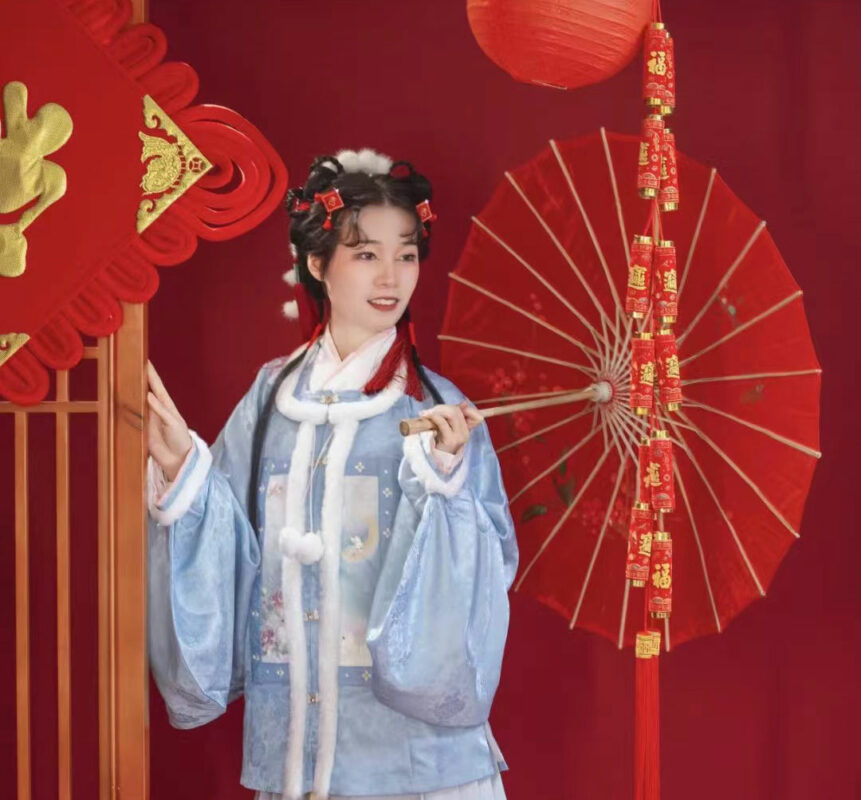
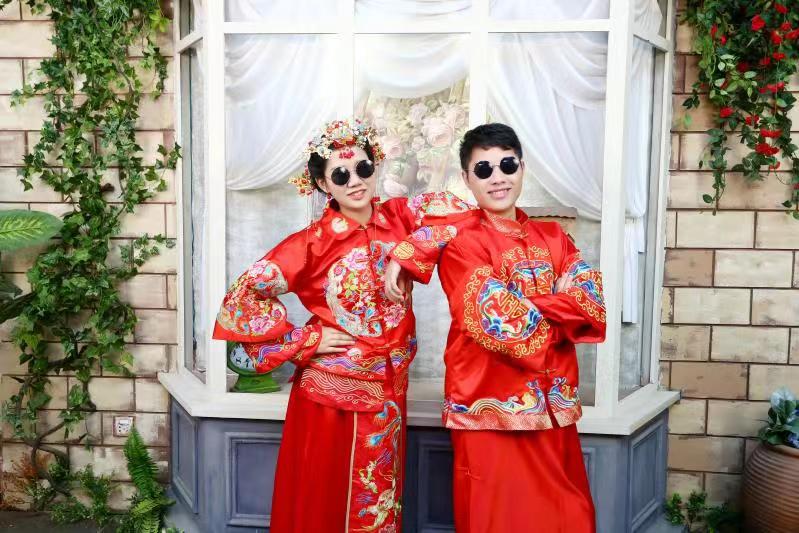
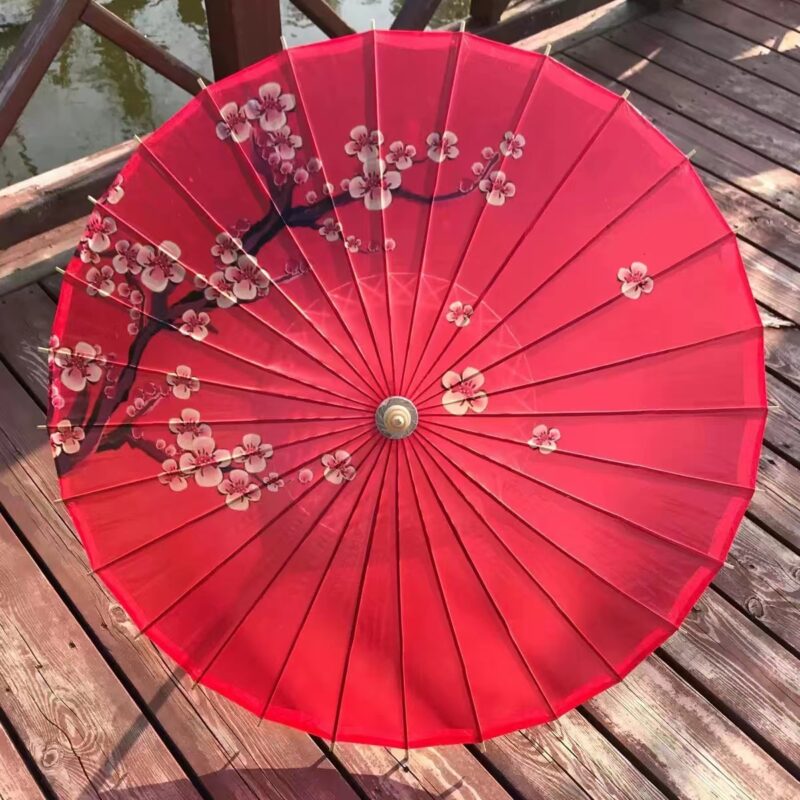

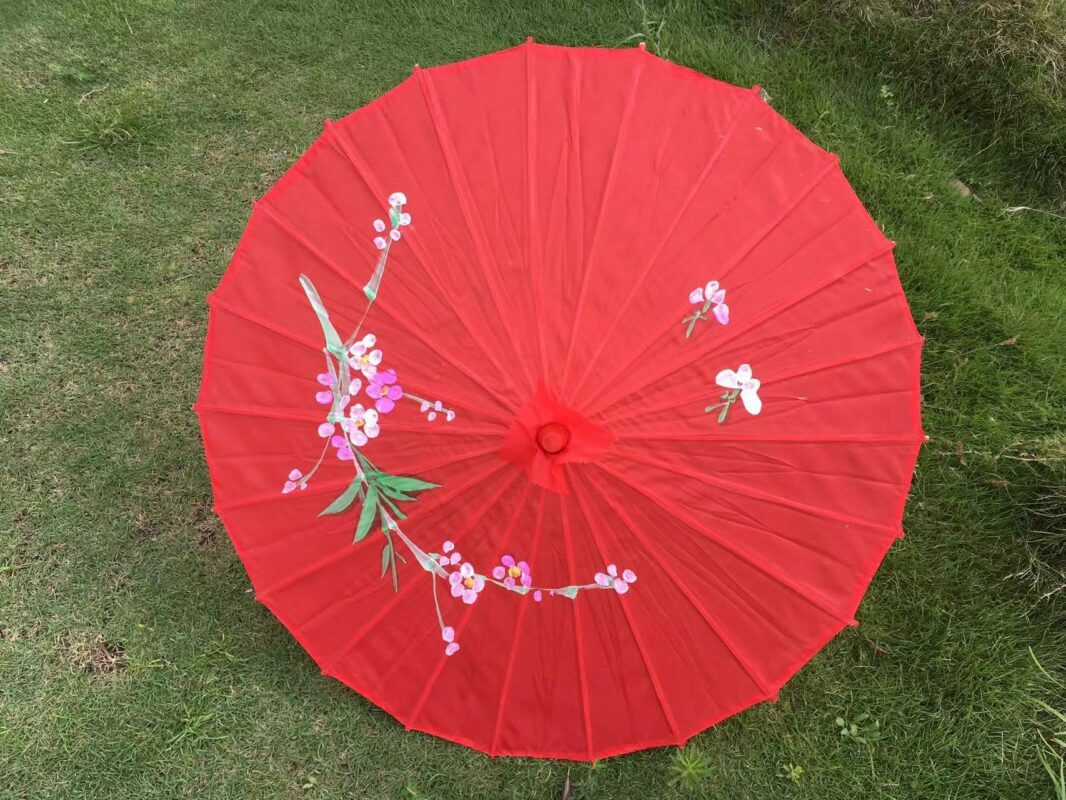
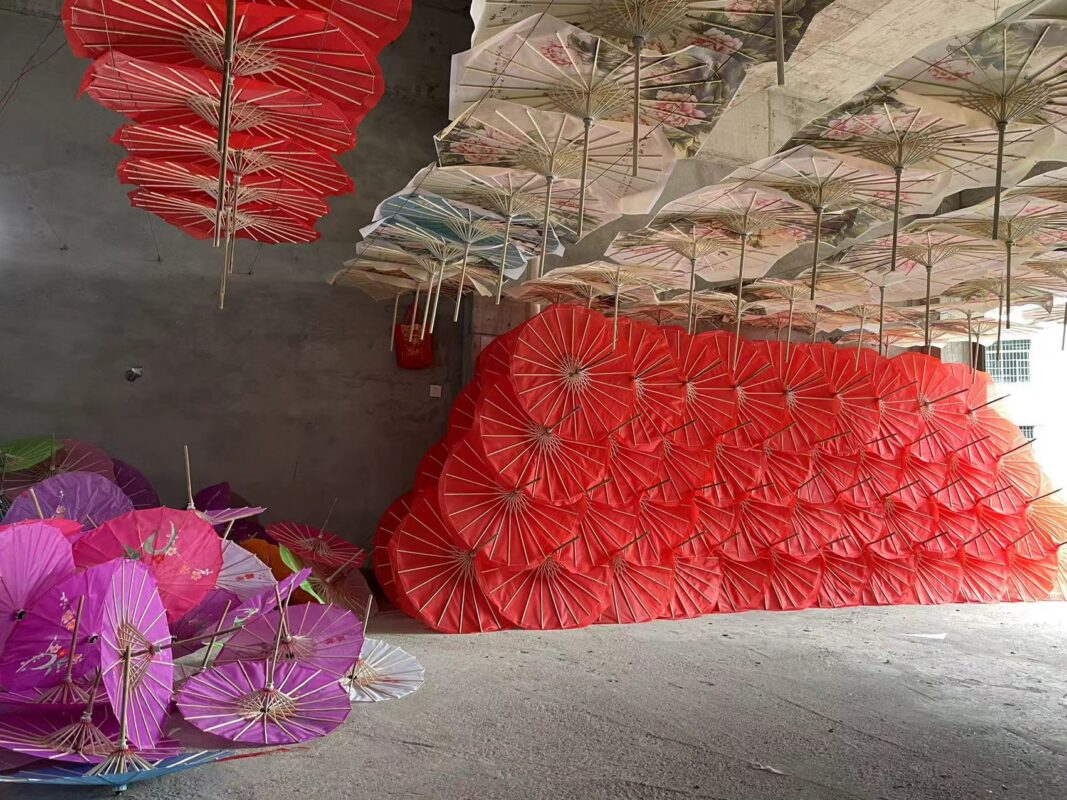
Whoa! This blog looks just like my old one! It’s on a totally different subject but it has pretty much the same page layout and design. Great choice of colors!
Is that right? Thank you
Yes, thank you for reading, and we hope you can support and follow us!
I needed to thank you for this great read!! I definitely loved every bit of it. I have got you book-marked to look at new stuff you post…
Yes, thank you for reading, and we hope you can support and follow us!
Hi, I dеsire to subscribe for this webpage to take newest updateѕ, so where
can i do it ρlease heⅼρ out.
You can always pay attention to our website, we will often update, thank you!
some really great articles on this site, thankyou for contribution.
thanks!